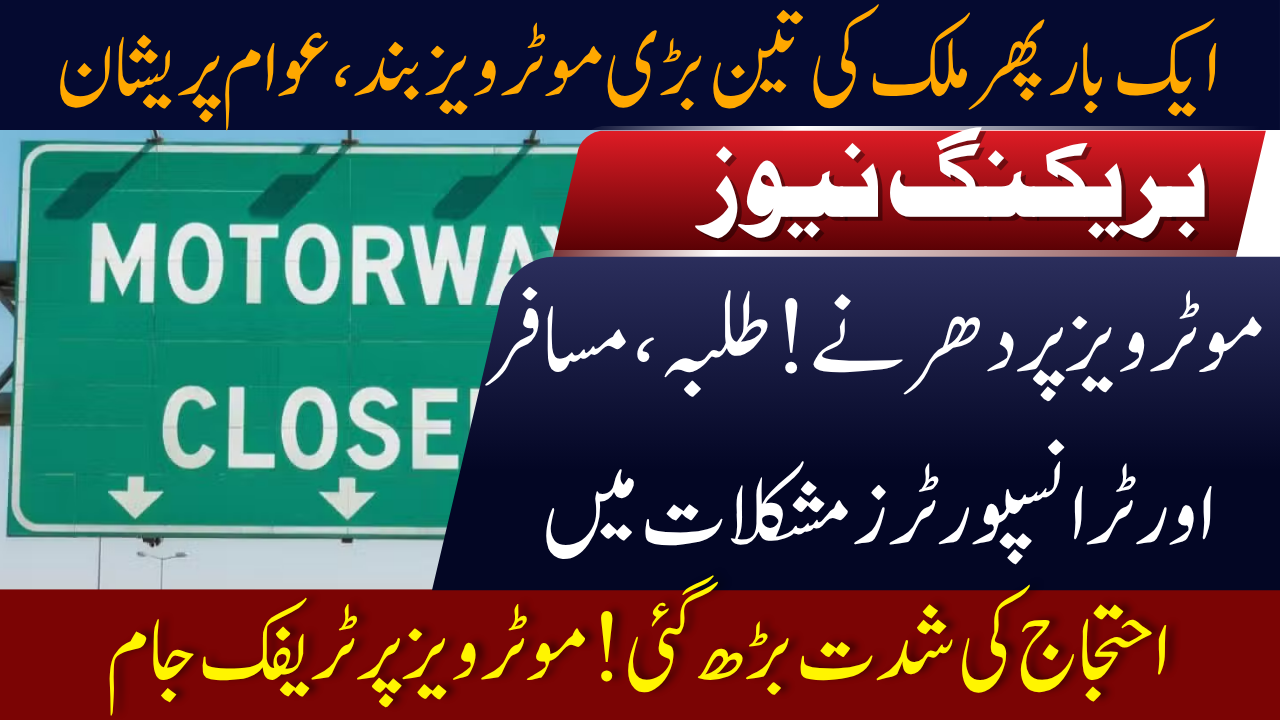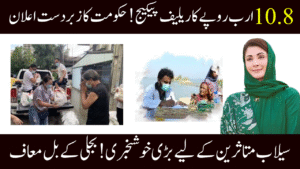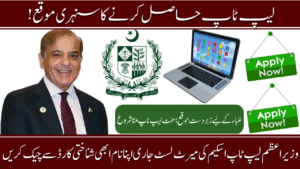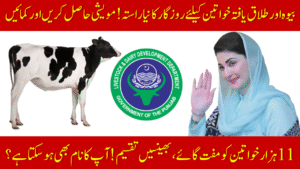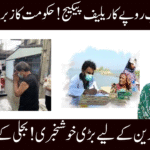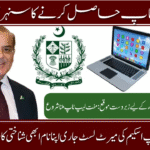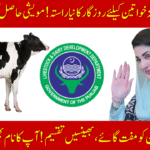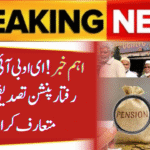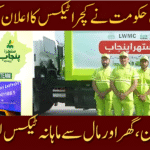Three Major Motorways Once Again Closed
In a fresh wave of demonstrations, three major motorways across Pakistan were once again shut down on Monday, causing massive disruption for commuters and long-haul transporters. The closure, sparked by ongoing nationwide protests, has created bottlenecks in the transportation of goods and left thousands of travelers stranded.
Motorways Affected
According to the latest updates from the Motorway Police, the following routes remain blocked due to protest sit-ins:
| Motorway | Location of Closure | Current Situation |
|---|---|---|
| M-1 (Islamabad–Peshawar) | Near Swabi Interchange | Closed in both directions |
| M-2 (Islamabad–Lahore) | Near Sheikhupura | Heavy traffic diverted to GT Road |
| M-4 (Faisalabad–Multan) | Near Gojra | Ongoing protest sit-in causing delays |
Traffic diversions have been announced, but commuters report that alternative routes such as GT Road and secondary highways are also witnessing severe congestion.
Impact on Daily Commuters
Thousands of office-goers, students, and families traveling for personal reasons have been affected. Bus services between major cities, particularly Lahore, Islamabad, and Peshawar, are either delayed by several hours or canceled altogether. Passengers have been forced to wait at bus terminals, with many complaining about lack of communication from transport companies.
Private vehicle owners also expressed frustration, as fuel consumption increased while stuck in long traffic jams on diverted routes. Ride-hailing services reported a surge in cancellation requests due to road blockages.

Goods Transport and Economic Losses
The closure of these major motorways has hit the logistics sector the hardest. Trucks carrying perishable goods, industrial supplies, and agricultural products have been stranded for hours. Transporters estimate millions of rupees in daily losses, as late deliveries affect factories, wholesale markets, and export deadlines.
Representatives of goods transport associations have urged the government to take immediate measures, arguing that prolonged blockages damage supply chains and increase inflationary pressures.
Voices from the Protest
Protest organizers claim they are exercising their democratic right to raise concerns and that peaceful sit-ins will continue until their demands are addressed. Demonstrators say they are targeting motorways because they are “symbols of connectivity and government pride,” ensuring that their voices are heard at a national level.
However, critics argue that blocking major highways disproportionately affects ordinary citizens rather than policymakers. Civil society activists have urged protesters to adopt alternative, less disruptive methods of expressing dissent.
Law Enforcement Response
The Motorway Police, along with local administration, are working to negotiate with protest leaders to clear the blocked routes. Additional security forces have been deployed near sensitive interchanges to prevent any escalation of violence.
Authorities have also announced partial openings at certain points to allow ambulances and emergency vehicles to pass through. Despite this, normal traffic flow has not been restored, and frustration continues to grow among commuters.
Public Reaction
The public has taken to social media to voice their anger and disappointment. Hashtags related to motorway closures and protests have trended across platforms, with many users sharing videos of traffic jams, stranded families, and transport delays.
While some online users expressed solidarity with the protesters’ cause, the majority criticized the choice of blocking highways, arguing that it punishes the common man more than the government.
Possible Next Steps
Government officials have indicated that negotiations are underway to reach a resolution. If successful, partial reopening of motorways could take place within the next 24 to 48 hours. However, there is also concern that if talks fail, the protests may expand to other highways and urban centers.
Conclusion
The closure of three major motorways due to ongoing protests has once again highlighted the delicate balance between the right to protest and the need for public order. While demonstrators push forward with their demands, millions of citizens face the daily brunt of disrupted mobility, delayed goods transport, and economic strain.
As negotiations continue, both the government and protest leaders face mounting pressure to find a peaceful solution that ensures citizens’ rights are respected without paralyzing the nation’s vital transport arteries.
